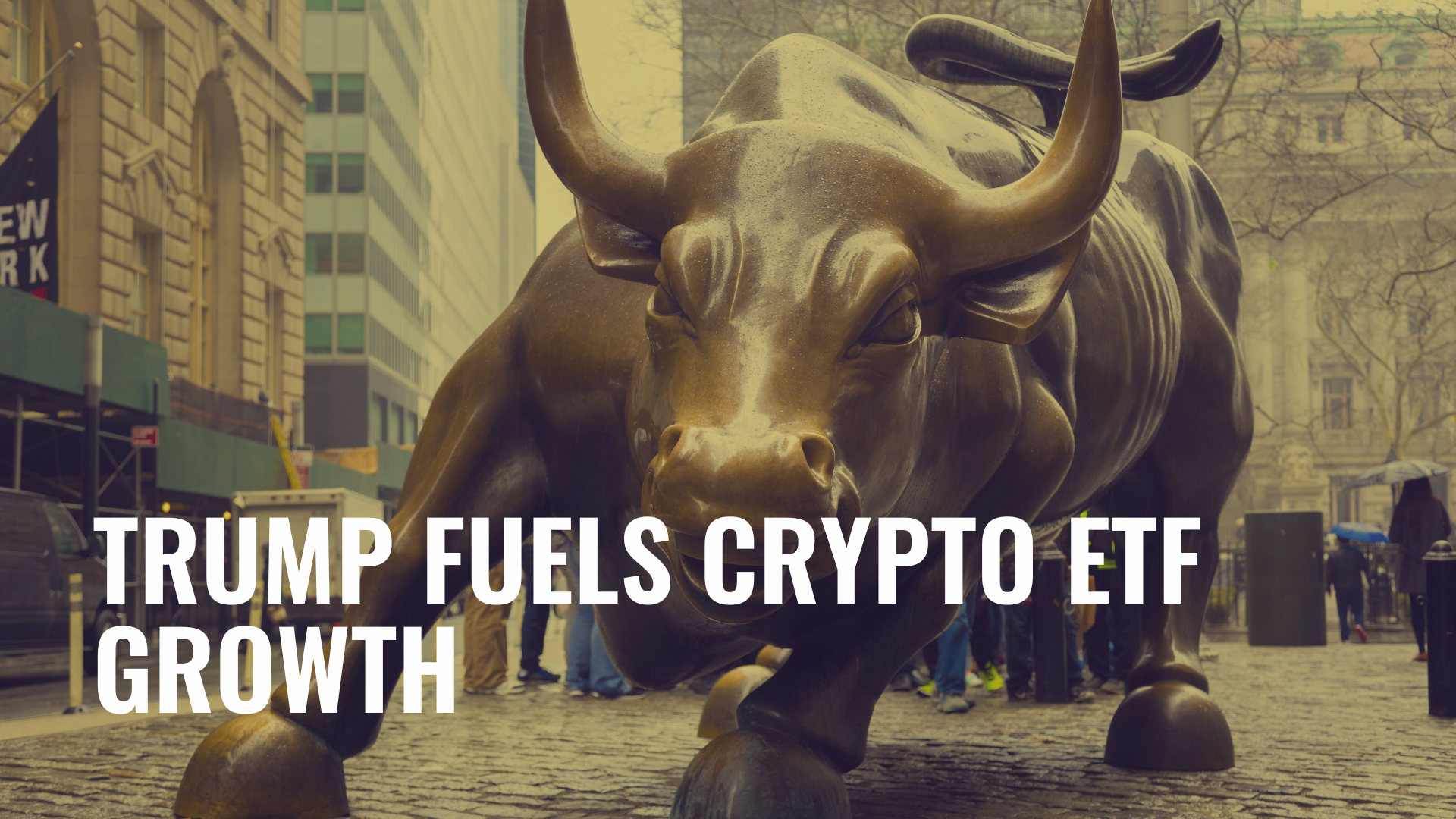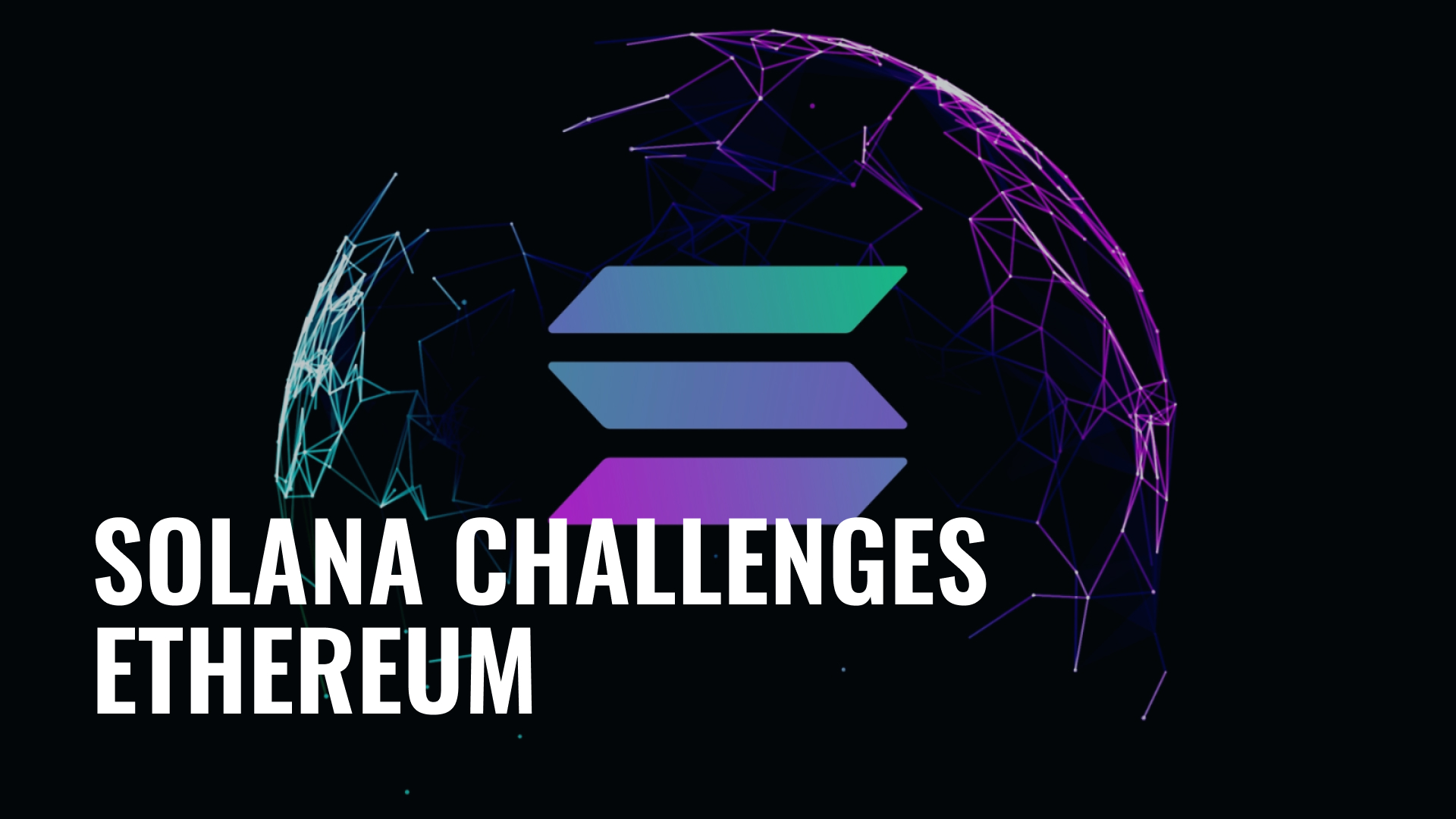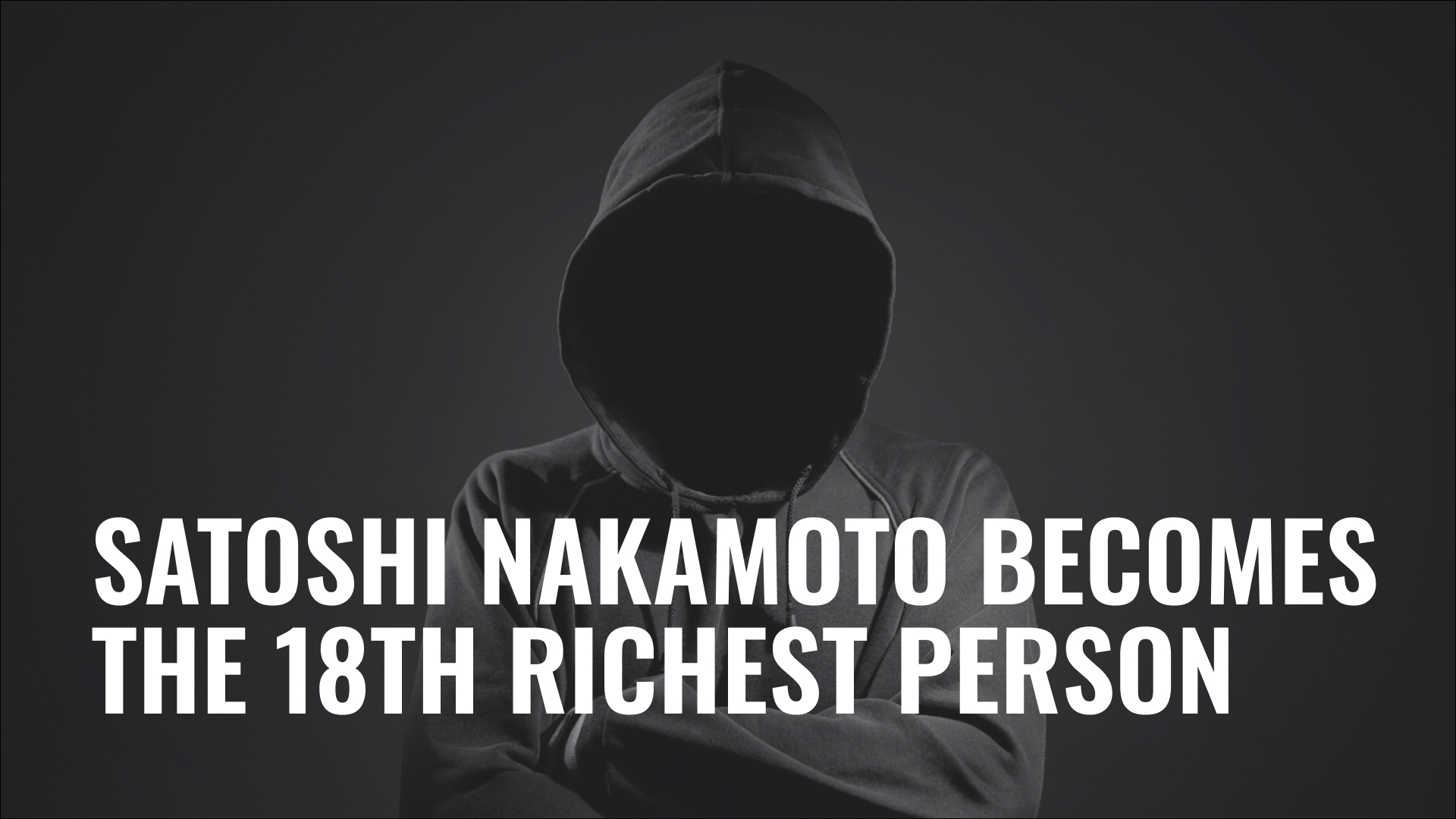MiCA Crypto Regulation Impact on the European Market and Stablecoins
Sentiment Status: Neutral

Crypto regulation will remain a key topic in the industry throughout 2025. One of the most important developments is MiCA, which officially took effect on December 30th, marking a significant step forward for crypto regulation in the European Union. In this article, we will explore the key points of this European regulatory framework, along with the benefits and challenges it presents for various players in the crypto space.
What is MiCA?
MiCA, or Markets in Crypto-Assets, is a regulatory framework introduced by the European Union to establish a uniform legal structure for crypto-assets, stablecoins, and related services across its member states.
At its core, MiCA seeks to bridge the regulatory gap between the existing financial legislation and the unregulated aspects of crypto-assets. A standardized set of rules ensures that crypto-related activities are governed by consistent principles across the entire European Economic Area (EEA), with the goal of reducing fragmentation, increasing transparency, and incentivizing innovation while mitigating risks.
Integration of Traditional Banks
One of the most anticipated outcomes of MiCA is the entry of traditional banks into the crypto industry. With their extensive client bases and established trust, these institutions have the potential to drive mainstream adoption by offering their customers the ability to buy, sell, and hold crypto assets directly through their banking platforms.
MiCA provides a clear and regulated framework that facilitates the integration of traditional banks. This allows banks to offer services like crypto custody, trading, and financial products linked to digital assets. Major players like BBVA, Santander, and CaixaBank are already preparing their platforms to enable crypto investments in 2025.
Banks can leverage their infrastructure to offer more secure and transparent crypto services that will foster confidence among users who may have previously been hesitant to enter the crypto space.
MiCA and Stablecoin Regulation
While some institutions will benefit directly from the MiCA regulatory framework, others may face challenges. One sector likely to be negatively affected is stablecoins, particularly major players like USDT. MiCA introduces stricter regulations that will change how stablecoins operate within the European market. To understand this, let’s break down some key points of the framework related to stablecoins.
MiCA categorizes stablecoins into two primary types:
Asset-referenced tokens (ARTs): Backed by multiple assets, such as fiat currencies, commodities, or cryptocurrencies.
Electronic money tokens (EMTs): Pegged to a single currency, similar to traditional electronic money systems.
To ensure the stability and reliability of stablecoins, MiCA requires issuers to:
Hold fully liquid reserves to match the circulating supply of stablecoins at a 1:1 ratio.
Register as an Electronic Money Institution (EMI) or Credit Institution (CI) to issue or trade stablecoins publicly.
Publish a white paper detailing the token’s structure, reserve backing, and potential risks.
Report regularly on reserve composition and market value.
USDT & MiCA
Stricter compliance measures create challenges for stablecoin issuers, placing USDT at the center of this shift and threatening its dominance in the region.
Under MiCA’s classification, USDT falls under the category of Electronic Money Token (EMT) due to its peg to the US dollar. This classification imposes stringent requirements, including maintaining a 1:1 reserve backing and operating under the license of an Electronic Money Institution (EMI) or Credit Institution (CI). Currently, Tether has not secured the necessary licenses, causing concerns about its accessibility on platforms aiming to comply with MiCA regulations.
While this does not make USDT illegal, it complicates the ability of European exchanges and financial institutions to offer or integrate USDT into their services. As a result, USDT’s availability may decline across licensed platforms within the European market.
In contrast, Circle, the issuer of USDC, has already aligned with MiCA’s requirements, obtaining the necessary licenses and custodial agreements with regulated European entities. This proactive stance positions USDC as a compliant and potentially more attractive stablecoin for businesses and users in the region. With European exchanges prioritizing regulatory adherence, USDC could gain market share, directly challenging Tether’s long-standing dominance.
Tether’s ability to adapt to this new landscape will be crucial. Without regulatory alignment, Without compliance, USDT risks losing relevance in Europe, while compliant stablecoins like USDC stand to benefit.
As the effects of MiCA regulation take hold, stablecoin issuers will face growing pressure to meet regulatory standards and adapt to the increasing presence of traditional financial institutions in the crypto space.
Ex-crypto miner and crypto enthusiast since 2019.


